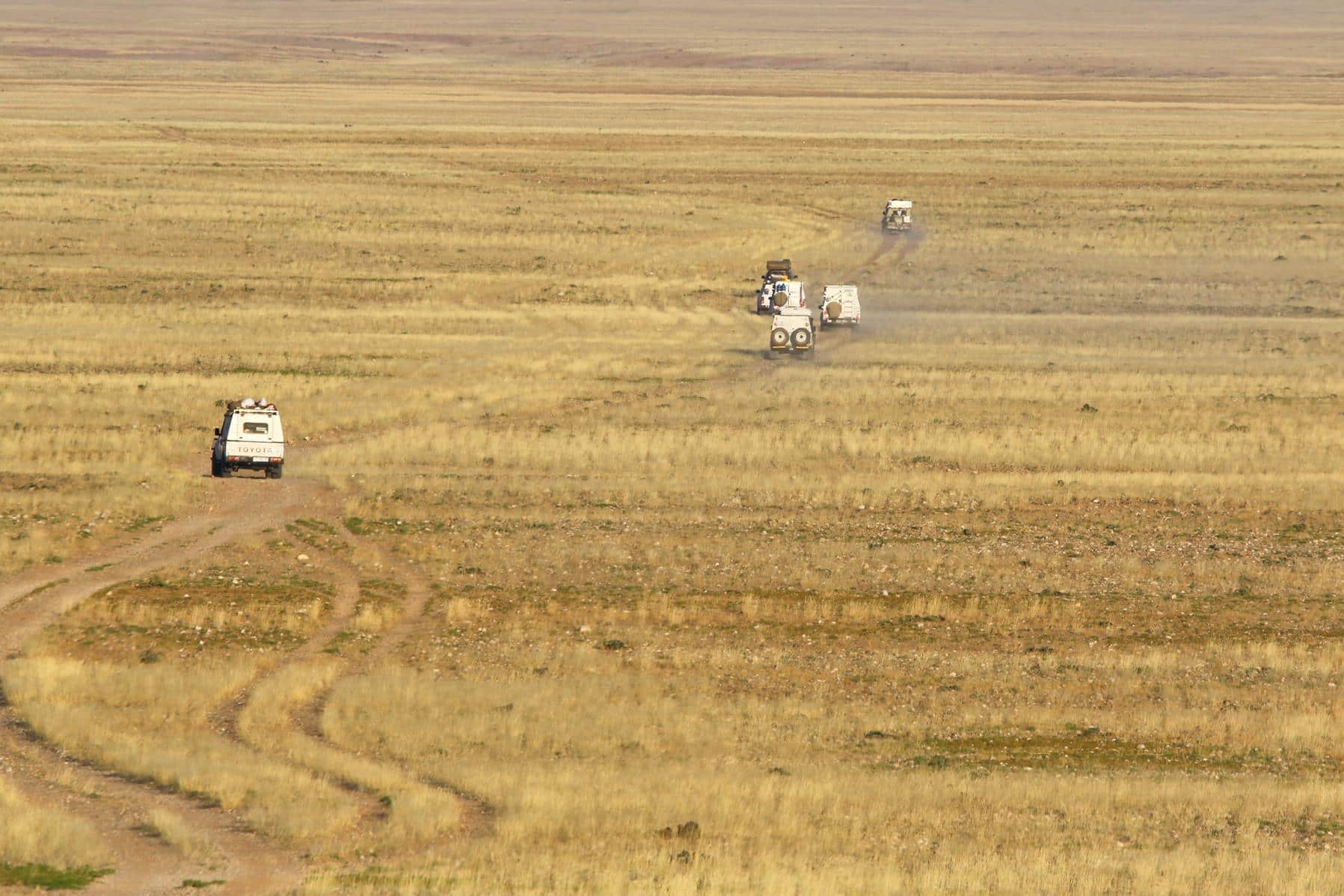We all love summer holidays, but Africa can be extremely hot at that time of year. Therefore travellers should take care to protect their skins as well as prevent dehydration, heat exhaustion or heat stroke.
Protect yourself
Being exposed to the sun for even short periods without good sun block is not a good idea, as the African sunshine is very harsh. Cover yourself with light, long-sleeved shirts and long pants when you’re in the bush and protect all exposed skin with high factor sun screen. Always wear a wide-brimmed hat as ears and scalps are extremely sensitive.
Sun damage to skin is cumulative and, apart from acute sunburn, the chronic effects are often only seen in later years. Don’t forget about wearing sunglasses as too much exposure to UV light raises the risks of eye diseases, including cataracts, growths on the eye, and cancer.
Remember to cover your feet as well. By wearing closed shoes, you won’t only protect them against the sun but also other dangers such as ticks, tsetse flies, mosquitoes as well as snakes and scorpions.

Stay out of the sun over the heat of the day! Rather take a siesta between 11h00 and 15h00, which is the least productive time for game viewing as the animals are then also taking a rest.
Remember that elderly people (seventy plus) are more sensitive to heat and their bodies do not cope well with extreme temperatures. They should preferably do an overland trip or bush holiday during the winter months.
Prevent dehydration, heat exhaustion and heat stroke
You may not feel thirsty when you drive, but when it is hot you have to make a point of drinking more water because your body needs it to prevent dehydration. Make sure that you always have enough with you and take special precaution when you travel into remote areas. The symptoms of dehydration are a headache, feeling unusually tired, dark yellow urine and when pinched, the skin on the upper arm doesn’t smooth back down.

An adult should normally drink four to six litres of water or other fluids (including that in food) per day. High temperatures can easily double this requirement. Excessive loss of water and salt from the body causes heat exhaustion and ultimately heat stroke.
You should always have rehydration sachets in your first aid kit. When you have any of the above symptoms, take an isotonic drink and make a point of increasing your water intake the next day.
When you exercise and sweat excessively when it is hot, you increase your risk of heat exhaustion and heat stroke as your body not only looses water, but also salts, which can lead to cramps.
The symptoms of heat exhaustion are excessive sweating, damp skin, headache and fatigue. Normally the eyes of the person are very clear and the cheeks rosy.
Heat stroke occurs when the body can no longer sweat to cool itself whilst the body temperature is rising. It presents with a body temperature of greater than 40 °C in combination with vomiting, confusion and a fast pulse and can progress to unconsciousness.
Anyone suffering from heat stroke must be cooled in the shade, with a covering of wet towels and wiping the face with a wet cloth. You can also pour water on the patient. As soon as the person regains consciousness, he/she must slowly start to drink water containing rehydration salts.

